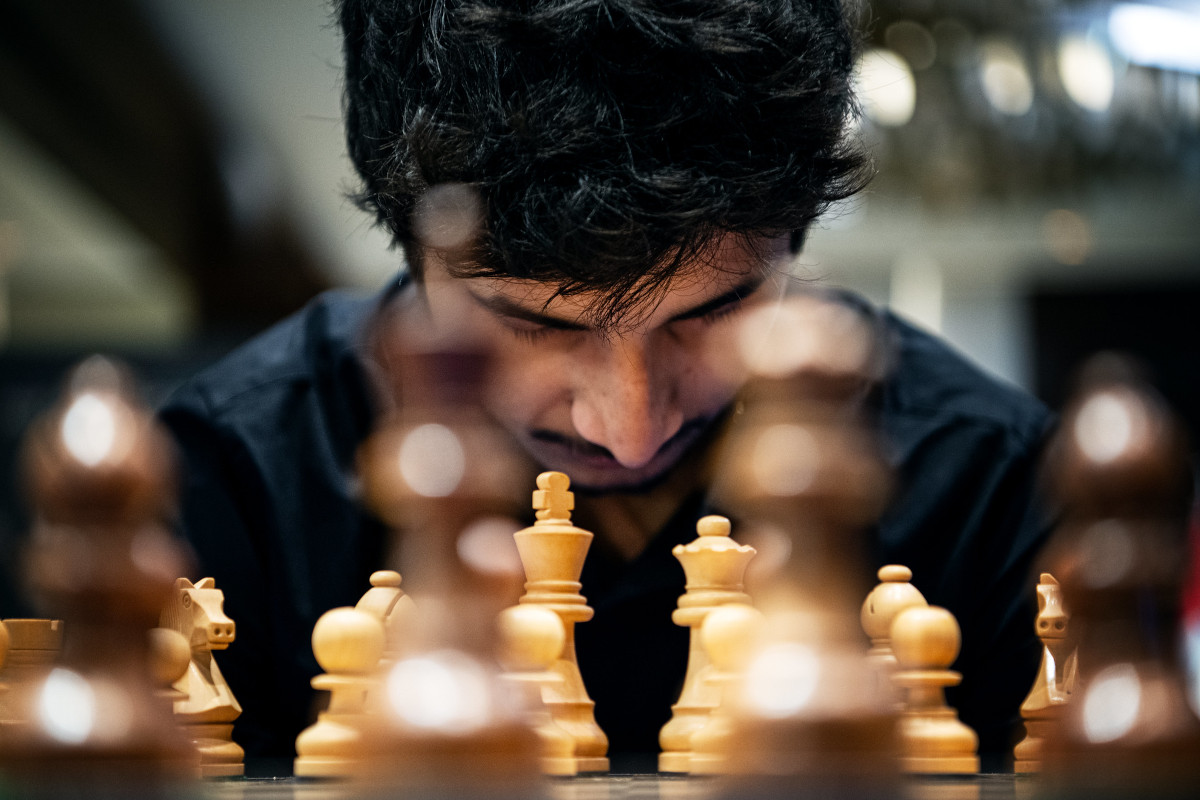


[Note that Jon Speelman also looks at the content of the article in video format, here embedded at the end of the article.]
This week, I’m looking at calculation and what’s reasonable for a mere human being without excessive genuflection to our silicon lords and masters.
To this end, I’ve got a couple of examples which require some thought, an example position which occurred to me apropos — in a pretty distant way — a sharp line of the Caro-Kann and my very tough game last Saturday.
This was against the top board for Wood Green second team Jonah Willow (both teams are in the top division of the 4NCL, so we had to play in round 1). This involved a lot of decision-making by both of us, and we both did pretty well, while after I got the advantage he put up a splendid resistance and there were moments when my advantage had dwindled.
We start with four diagrams which are covered in the pgn.
This position from the 4NCL Division 2 was very kindly shown to me by somebody I teach. Black to play could simply reply 36...e5 but chose to accept the bait with 36...Nf3+ 37.Kg3 fxe4 which was met by 38.Bf6+ Has he allowed a swindle or is there still a way to win?
This appears in one of Mark Dvoretysky’s books. He’d like to play 54...Rb5, and the question is whether this is possible if White exchanges and goes into the knight ending where he will lose his knight for the c-pawn but get connected passed pawns.
One thing that the silicon brings us is a totally unprejudiced “eye”. Can you find the short but very unobvious (to us) way in which the engines neutralise White’s initiative?
Select an entry from the list to switch between games
| Advertising |